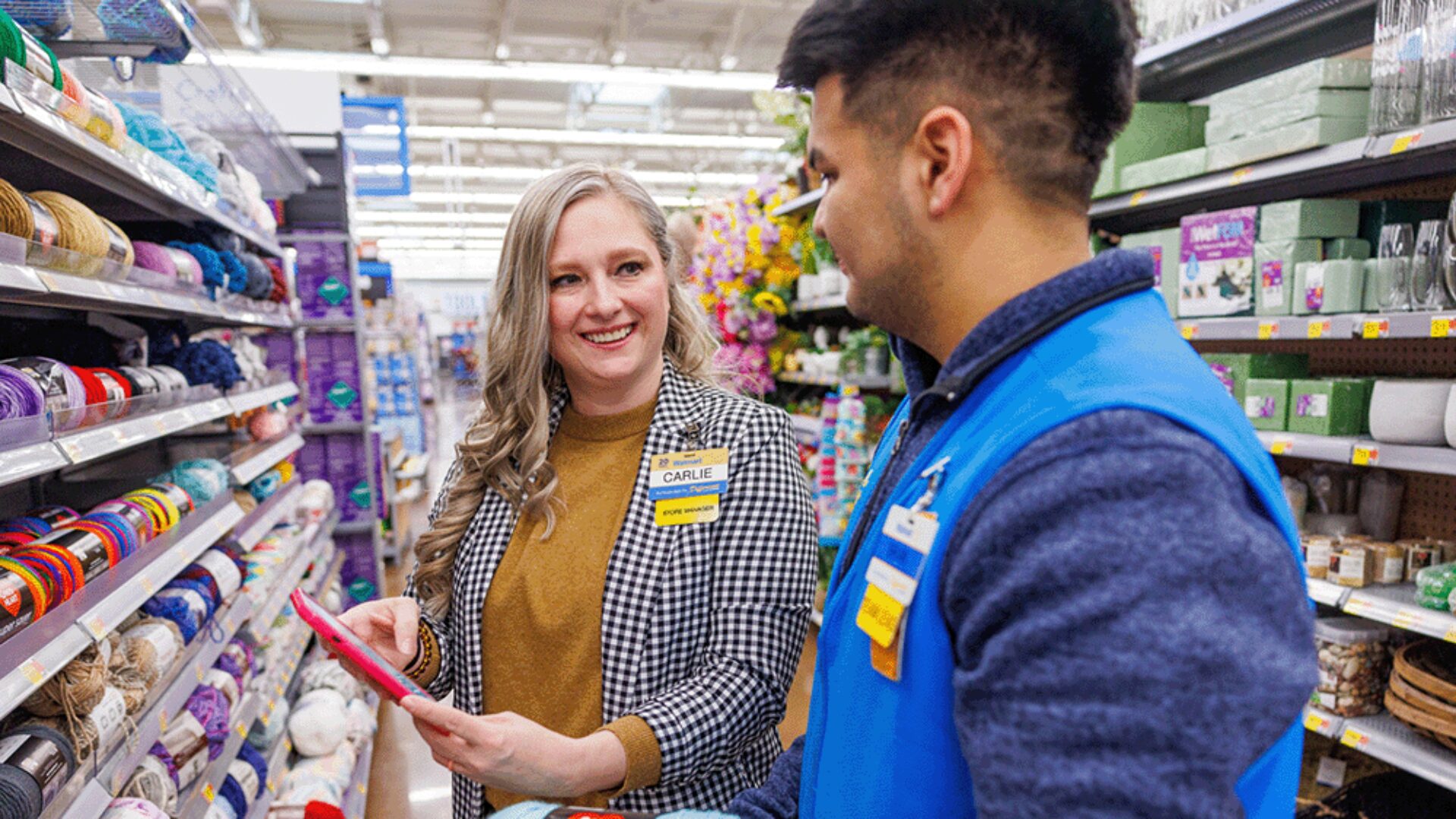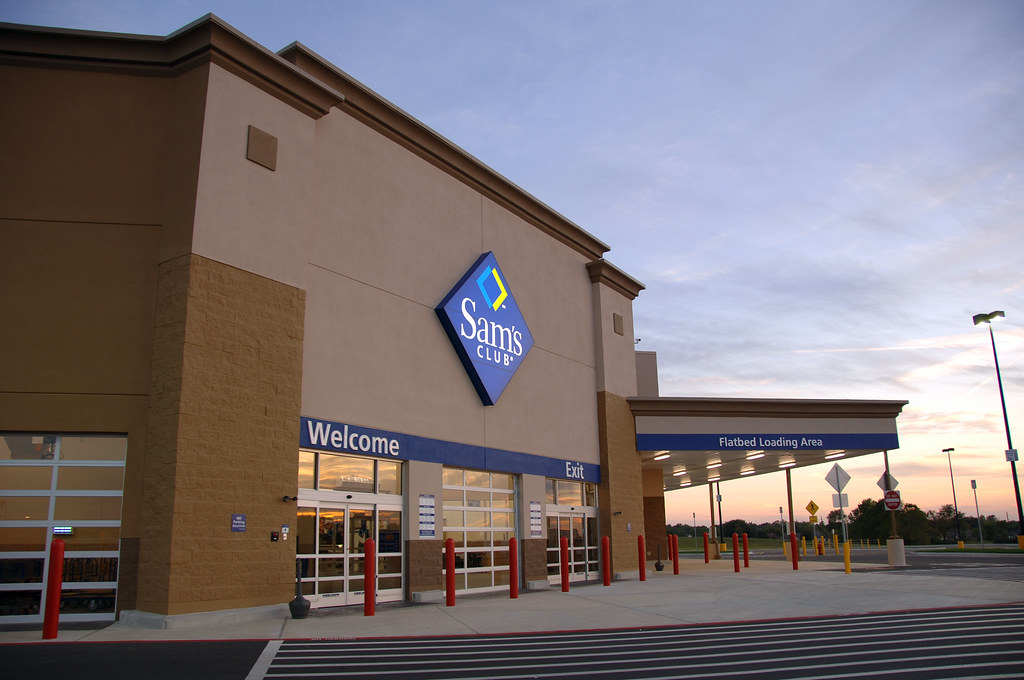As lockdown requirements around the country loosen, foodservice establishments are adopting best practices for dine-in service in a post-COVID-19 world—thanks to the guidelines put forth by both government agencies and restaurant industry organizations.
Federal Recommendations
In order for restaurants to know where they stand in their reopening process, the FDA created a checklist designed for business owners to identify their shortfalls and correct them before allowing diners to have sit-down meals again. The topics the checklist addresses include product inspection, facility operations, food temperature control, and food contact.
Some of the questions that can be found on the checklist are:
• Are high-touch areas and equipment cleaned and disinfected (e.g., door knobs, display cases, equipment handles, check-out counters, order kiosks, and grocery cart handles)?
• Have you trained and reminded employees of effective hand hygiene practices, including washing hands with soap and water for at least 20 seconds, especially after going to the bathroom, before eating, and after blowing their nose, coughing, or sneezing?
• Have you limited offering self-serve food or drink options, such as buffets, salad bars, and drink stations?
• Is there a plan or policy for, and an adequate supply of, personal protective equipment (PPE) and/or cloth face coverings?
Similarly, the CDC released guidelines to help businesses operate in a healthy manner. Some of the recommendations that the agency suggested for restaurants and bars included creating sick leave policies that allow workers who have symptoms of COVID-19 to stay home, closing self-serve stations, limiting the number of customers that can be served at one time, and encouraging people to choose curbside pickup and drive-thru services as much as possible.
States Provide Guidance
The state-level requirements for restaurant reopenings vary widely and are informed by how COVID-19 has spread in each specific location.
For example, Alaska allowed restaurants to provide dine-in service on April 24 and mandated that these establishments only serve to 25% capacity, as well as eliminate walk-in seating and only serve groups of diners that are made up of family members. In addition, restaurants are required to draft a CO- VID-19 mitigation plan, sanitize tables and chairs after each customer leaves, and disinfect touchpoints on an hourly basis.
Georgia, which reopened its restaurants on April 27, prohibited serving more than 10 people per square foot and parties with more than six diners per table. In addition, restaurants are not allowed to operate salad bars and self-serve drink and condiment stations.
California restaurants are allowed to reopen dine-in service on a county-by-county basis. Per guidelines released on May 11, restaurants are required to use disposable menus, eliminate the preparation of food at patrons’ tables, and only provide items like toothpicks, mints, and candies to customers upon request rather than leaving them out. Also, restaurants are encouraged to have customers order takeout or make reservations before coming to dine in.
Industry Organizations Weigh In
Piggybacking on the requirements of federal and state agencies, restaurant-industry specific organizations also provided recommendations for reopening. The National Restaurant Association released reopening guidelines advising companies to leverage technology as much as possible to help prevent the spread of COVID-19. This can be done through the use of contactless payment systems, automated ordering systems, and mobile ordering apps. Also, the organization suggests that restaurants sanitize completely before reopening, change floor plans to promote social distancing, and add physical barriers in booth seating.
The group also stressed that restaurant owners should implement policies and procedures that are area-specific based on the trajectory that the coronavirus has taken and be flexible when changes in the area necessitate alterations to their rules.
Additionally, US Foods recommended that restaurants increase social distancing by creating barriers between staff in the front and back of the house, which can be done by using expediters as a buffer between the two areas. The organization also suggested creating a tighter menu that allows for not only social distancing in the kitchen, but better sanitation practices.
Food Retail Faces Similar Challenges
While supermarkets remained open as essential businesses to serve their communities, areas of the store where customers can sit down and eat their meals were shut down. As a result, these businesses are also navigating a new normal in order to keep their customers and employees safe.
Luckily, there is already a blueprint. According to Doug Baker, VP of industry relations at FMI—The Food Industry Association, the organization examined the practices of members in other countries to provide advice to supermarkets in the U.S.
“We have members within FMI that have multinational business—so they’re in China, they’re in Italy, they’re in South Africa—and through calls with them early on in the process, we got to learn how they work, modifying their operations in order to meet their local regulations but also to increase social distancing, sanitation, and make their staff and customers feel well,” he said. “We had that opportunity early and that allowed us to make some changes pretty quickly within the industry because they were a few weeks ahead of us in Europe.”
Following these roadmaps, FMI advised its members to add plexiglass barriers at stores’ points of transaction, create hand sanitizer stations, and place decals on the floor to direct socially-distanced customer traffic. In addition, the organization suggested supermarkets continue to follow CDC guidelines, such as requiring that employees use PPE and perform frequent sanitation and cleaning around the store, particularly in high-touch areas.
Baker noted that supermarkets should not only be mindful of governmental regulations and industry guidance, but also the cues from their own customers.
“At the end of the day, a retailer listens to the customer and so if the customer continues to have some anxiety around being close to the cashier or close to the deli or bakery worker on the other side of the counter, then they’ll continue to keep those plexiglass barriers up,” he said. “Retailers just want to respond to their customers, as any business would.”
By Kenya McCullum is a freelance writer based in California. Reach her at kmccullum@com101.org









